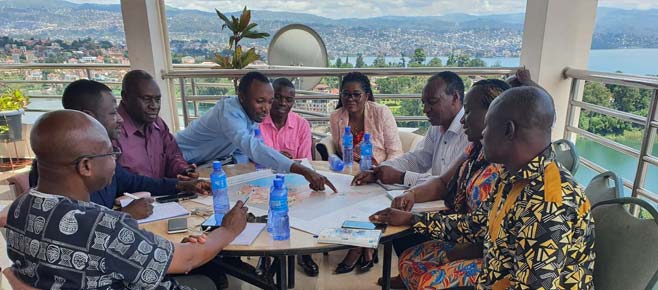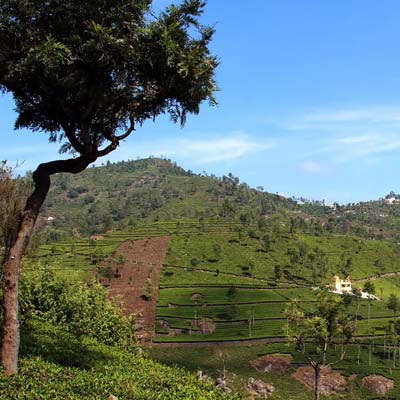Like other public spaces, it is important to design inner forests to meet the needs of all users, including women, the disabled, the elderly, and children. Gathering information from these groups or conducting safety audits will help respond to their specific needs, such as infrastructure needs like lights, benches, ramps, and restrooms.12
Simultaneously, it is important for city leaders to have plans in place to limit actions that discourage potential harmful uses, such as drug dealing and crime.21

Studies have shown that the type, density, and maintenance of vegetation affect perceived personal safety, which includes fear of crime and violence, varying by the gender, age, and socioeconomic status of the users.2, 17 A mapping activity conducted by Plan International in 2018 revealed that in Delhi, Sydney, and Madrid, women perceived urban parks comprised 20% of all unsafe public spaces, characterized by the incidence of physical and sexual assault.
Example of a mapping exercise. Source: Plan International.
Resources
Building Safe and Inclusive Cities for Women: A Practical Guide | Jagori, 2011
Parks for Inclusion Resources | According to National Recreation and Parks Association (NRPA)











